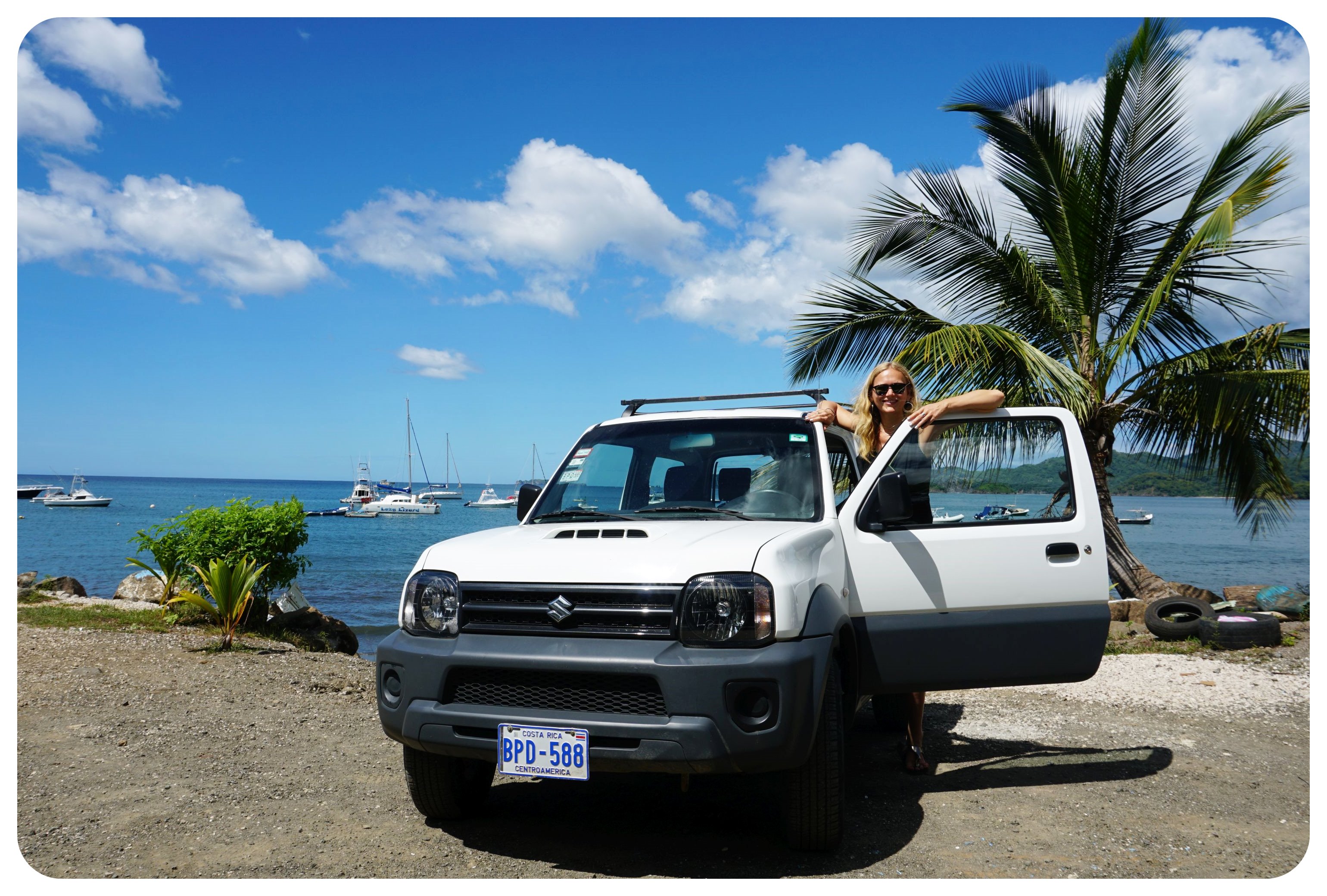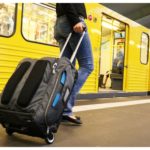Last Updated on October 1, 2025
When the Highway Calls, Are You Really Ready?
Cruising down scenic byways or tackling long interstates can refresh the soul. But few things spoil a drive faster than sudden car trouble in the middle of nowhere. Before packing your camera chargers or loading your favorite playlists, proper preparation is the key to making memories, not mistakes.
Do you know what to do to your vehicle before a road trip? The answer is not only mechanical. It’s about checking systems, stocking essentials, and anticipating challenges. Using a license plate lookup at vingurus.com helps confirm whether your vehicle had previous accidents, odometer rollbacks, or unresolved recalls. This builds confidence before you even hit the ignition.
Here’s your complete no-fluff checklist crafted with expert input, logic, and reliability.
Check Tire Pressure and Inspect Tire Tread
Underinflated tires create air friction. That burns fuel faster and puts lives at risk. A simple check tire pressure routine could prevent a serious blowout.
Always check tires tread depth with a coin test or wear indicator bars. For long trip safety, rotate them if needed. If you haven’t replaced them recently, be certain your spare tire is in usable shape and secured in place.
- Check tire pressure: 32–35 PSI for most cars
- Minimum tread depth: 2/32 inch (replace below that)
- Don’t forget: Certain your tire iron is present and accessible

Essential Fluids and Filters: Your Vehicle’s Lifeline
Before long mileage stretches, inspect engine oil quality. Old oil loses viscosity. You can do a quick paper dip test or schedule an oil change with synthetic oil and special oil filters for higher thermal resistance.
Verify the full fluid reservoir levels. Top up or flush radiator coolant, brake fluid, and power steering to prevent overheating or failure. Always bring emergency coolant during seasonal trip shifts when temperatures vary wildly.
| Fluid Type | Action Required | Notes |
| Engine Oil | Replace if dark/gritty | Consider synthetic oil |
| Brake Fluid | Flush every 2 years | Moisture lowers effectiveness |
| Power Steering | Check for leaks | Low fluid makes steering stiff |
| Radiator Coolant | Top off or flush | Prevent engine overheating |
| Windshield Washer | Refill | For cleaning dirty windshields |
Wiper Blades and Exterior Lights: See and Be Seen
Wiper blades lose sharpness over time. They smear instead of wiping during rain falls or bug hits. Always carry extras.
Burned out bulbs may lead to accidents or tickets. Inspect low beam headlights and cover headlights with protectant if UV damage is visible. Test exterior lights from all angles. Replace faulty ones immediately.
Battery Check and Loose Cables
Nothing ruins travel plans like a dead car battery. Perform a battery check for corrosion or swelling. Ask a repair shop to load test it if unsure.
Watch out for loose cables heater units under the hood. They often cause mysterious problems like a musty odor coming from the vents.
Belts and Hoses: Hidden Weak Links
Inspect belts and hoses for cracks or bulging. Especially serpentine belts that run multiple systems. If they snap mid‑drive, you’re stranded.
Checklist:
- Check belts for fraying
- Tug gently on hoses for softness or leaks
- Ask repair shop for deeper diagnostics
Load Your Car Survival Kit
Bring items that save the day when you lose service or face harsh conditions:
- Car charger
- Fire extinguisher
- Emergency flares
- Plastic funnel
- Small garbage bag inside with zip ties
- Auxiliary cable
- Flashlight
- Protective sheet or sun protectors
Add a spare key in your wallet or taped under the bumper in a coded box.

Use Your Owner’s Manual for Calibration
Pre-trip check ups should involve reading the owner’s manual. Many drivers ignore built-in diagnostics or tire rotation intervals printed clearly in it.
Highlight pages on:
- Engine warning lights
- Oil type and refill amount
- Air conditioner troubleshooting
Final Check: Don’t Forget the Details
Here’s what often gets missed:
- Clean car interior to reduce distractions
- Fix sun protectors to block glare
- Check your car belts for tension and wear
- Ensure your trip plan includes repair shop locations every 100 miles
- Insert a small garbage bag inside your center console
Even your favorite CD or streaming playlist matters. Avoid stress when signal drops in remote areas.
Air Conditioner: Comfort and Safety Matter
A failing air conditioner is not just uncomfortable. It fogs your front windshield and reduces visibility during a long trip. Check for odd smells, rattles, or weak airflow. If the AC makes strange noises, the issue could be as minor as a clogged air filter or as major as a faulty compressor.
Ask ASE master technicians to inspect before departure. That musty odor coming from vents could signal mold, which worsens during seasonal trip changes.
Air Filter and Other Fluids: Breath of Fresh Air
Your engine needs oxygen too. A clogged air filter increases fuel usage and creates air friction that slows your ride. Replacing it improves efficiency, especially when traveling through dusty rural routes.
Don’t forget other fluids like transmission or differential. They’re often ignored in pre trip check ups yet critical during hilly climbs or hot highways.
Fill the Gas Tank and Bring More Gas Options
Start with a full gas tank and know your route’s fuel stops. Truck drivers often use apps to locate the seven locations with clean stops, safe rest areas, and mechanic availability.
Bring a small reserve canister if exploring remote terrain. Just remember fuel regulations when crossing state lines.
Car Survival Kit: Make Room for Peace of Mind
You packed snacks and sunglasses. But did you pack for survival?
Your updated car survival kit should include:
- Emergency coolant
- Fire extinguisher
- Emergency flares
- Camera chargers
- Auxiliary cable
- Screw drivers
- Small garbage bag inside trunk area
- Protective sheet under baby seats
Toss in or your favorite CD as backup. Many lose service in dead zones and streaming fails. You don’t want silence as your only co-pilot.
Check Car Belts and Final Battery Check
Run your hands along car belts for wear. Loose or fraying edges weaken system reliability. A roadside snap means waiting for tow trucks instead of reaching your destination.
Double up on your final battery check. If it’s older than 3 years or shows weak cold-crank numbers, replace it. Be certain your tire iron is clean, rust-free, and fits your current lug nuts.
Final Check and Visual Sweep
Clean car windows thoroughly. Prevent bug clogs with repellent or rain repellent fluid on front windshield.
Use your trip plan to mark possible repair shop partners in case of emergency. Final check should include:
- Lights on all corners
- Air filter housing
- Belts and hoses again
- Interior essentials
- Paper copy of your owner’s manual
- Check tire pressure once more
Once all that’s done, your car is ready.
Conclusion: Proper Preparation Prevents Breakdown Regrets
You don’t need a degree in mechanics to get your vehicle road ready. But you do need to take pre trip check seriously. From checking wiper blades to loading emergency flares, each step builds a wall against breakdowns.
Ignore the basics and the price may be paid in stress, delays, or worse. Respect the road by respecting the machine. Only then can a long trip become an unforgettable journey, not an unforgettable mistake.
FAQ: Road Trip Vehicle Prep Questions
- How do I know if my car is ready for a long road trip?
Use the owner’s manual and this checklist. Confirm tire tread, battery strength, fluid levels, and AC function. Visit a repair shop for inspection if unsure. - Why do truck drivers check tire pressure so often?
They travel long distances. Incorrect tire pressure causes uneven wear, heat build-up, and blowouts. That’s why many check tires multiple times daily. - What is the use of carrying emergency flares on a highway?
If your car breaks down at night or in low visibility, flares prevent other drivers from hitting your vehicle. They’re vital safety tools. - How do dirty windshields affect road safety?
They cause glare and hide hazards. Cleaning dirty windshields with proper fluids improves visibility, especially during sudden rain falls. - Can an old air conditioner cause health issues?
Yes. A musty odor coming from vents might be mold buildup. Breathing this during a seasonal trip can trigger allergies or worse.





